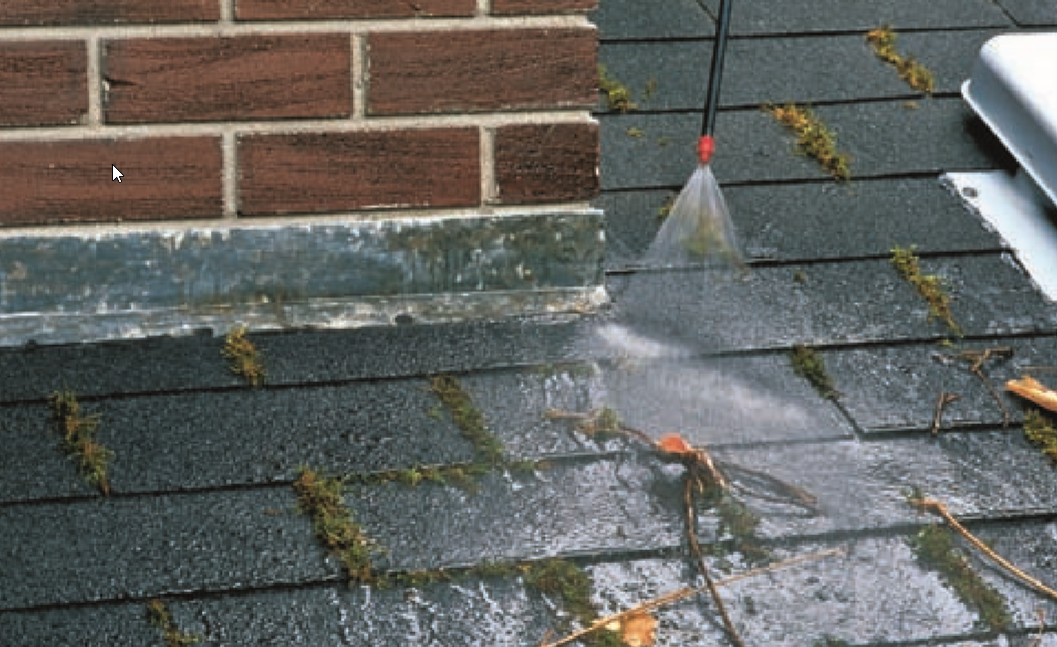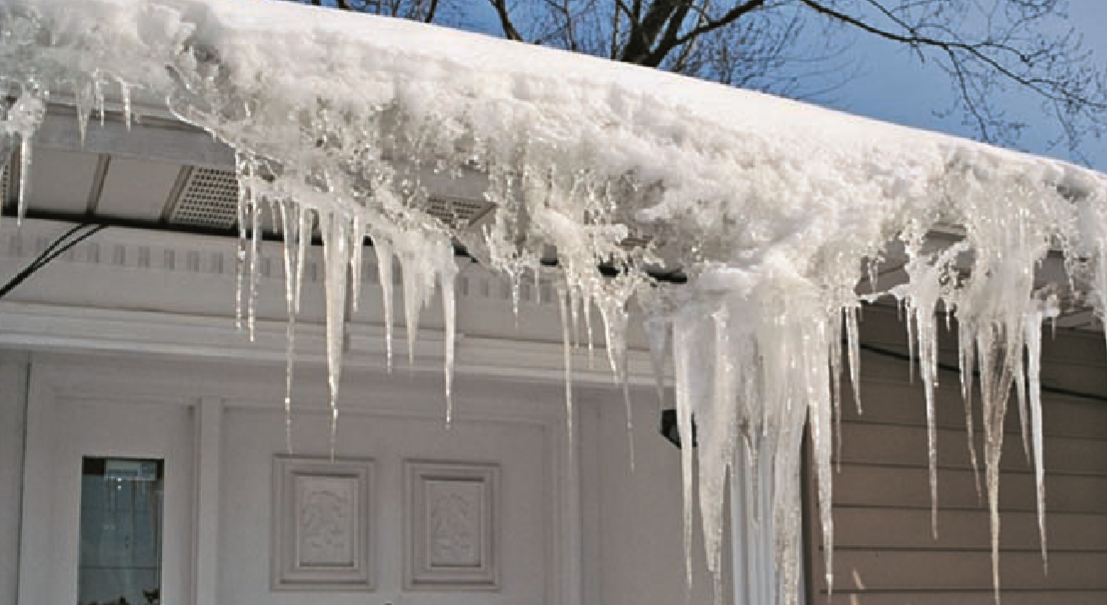Wall & Roof Insulation Replacement
Wall & roof insulation is an important sustainable renovation for every homeowner who is concerned about improving energy efficiency and environmental performance such as reducing gas bill in all season, installation of air renewal, improvement in heat production and optimization of hot water production.
A roof system is composed of several elements that work together to provide three basic, essential functions for your home: shelter, drainage, and ventilation. The roof covering and flashing is designed to shed water, directing it to gutters and downspouts. Air intake and outtake vents keep fresh air circulating below the roof sheathing, preventing moisture and heat buildup.
Why You Need Wall & Roof Insulation Replacement?
If your gas bill is high in winter, you probably have ice build-up on the roof. If your house is getting too hot in the summer, you might want to consider re-insulating it.
Old insulation loses its R-value for different reasons, letting the heat from the house escape outside and creating major issues with moisture and potential wood rot.
The importance of insulation can’t be overestimated. There are different ways to solve the problem. We will gladly help you with advice and/ or service.


Common Roofing Problems
Wind, weather, and flying debris can damage shingles. The areas along valleys and ridges tend to take the most weather-related abuse. Torn, loose, or cracked shingles are common in these areas.
Buckled and cupped shingles are usually caused by moisture beneath the shingles. Loosened areas create an entry point for moisture and leave shingles vulnerable to wind damage.
A sagging ridge might be caused by the weight of too many roofing layers. It might also be the result of a more significant problem, such as a rotting ridge board or insufficient support for the ridge board.
Dirt and debris attract moisture and decay, which shorten a roof’s life. To protect shingles, carefully wash the roof once a year, using a pressure washer. Pay particular attention to areas where moss and mildew may accumulate.
